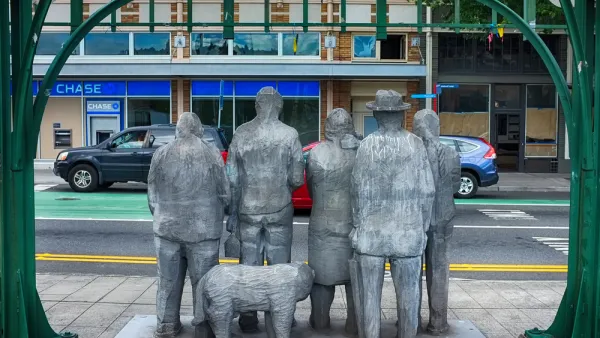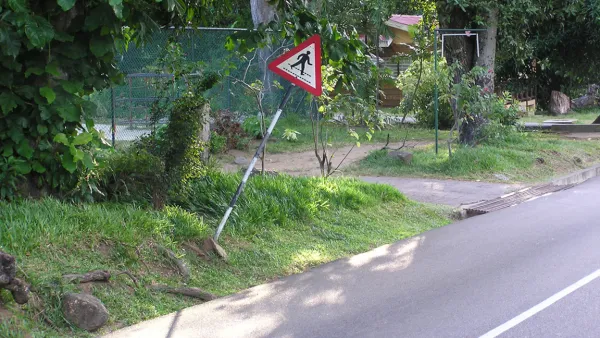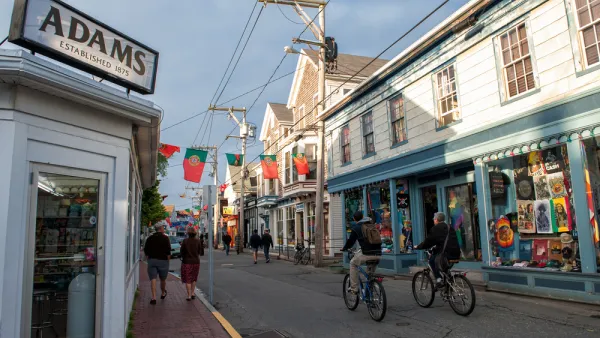The nationwide trend of cities, counties, and regions adopting complete streets policies continued its momentum in 2014. A new report from the National Complete Streets Coalition surveys the field and decides which is the best of the best.
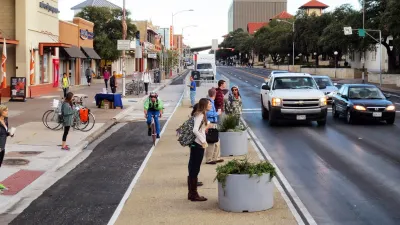
The terms "good, better, and best" are often used to describe planning and design alternatives. Complete streets policies provide some of the clearest examples of how the powers that be choose from this spectrum in enacting changes to the built environment of their communities. And considering that over 70 jurisdictions adopted complete streets policies in 2014, down only slightly from over 80 plans in 2013, it's an appropriate time to pause and think critically about the trend.
That's all well and good, but how many of these complete streets plans are actually great?
A new report by Smart Growth America's National Complete Streets Coalition assumes that not all complete streets policies are created equal, as cities, counties, and regions rush to create complete streets policies to satisfy the desires of a broadening coalition of citizen, business, and environmental interests asking for changes to the status quo of street design.
Released this morning, the "Best Complete Streets Policies of 2014" [pdf] evaluates all 74 policies approved in 2014 by communities in the United States on ten criteria that reflect the platform of the National Complete Streets Coalition.
You wanted to know who the best is? The report scored the following ten jurisdictions highest for the policies adopted in 2014:
1. Ogdensburg, NY
2. Troy, NY
3. Lakemoor, IL (tie)
3. Dawson County, MT (tie)
3. Austin, TX (tie)
6. Acton, MA (tie)
6. Middleton, MA (tie)
6. Reading, MA (tie)
6. Salem, MA (tie)
10. Los Angeles County Metropolitan Transportation Authority (tie)
10. Stoughton, MA (tie)
"We celebrate the best policies because they do the most to help people," said Roger Millar, director of the National Complete Streets Coalition, in a press release announcing the report. "Great policy language can make streets safer for someone walking with a child or more convenient for a person in a wheelchair."
For those of you keeping track at home, Littleton, Massachusetts took the top spot in the 2013 report.
In an important note, the report finds a general trend of improvement in this year's policies compared to past, earlier iterations of this relatively new trend in planning practice. Hopefully, setting high standards and celebrating the best of the best will continue to inspire the highest quality of work.
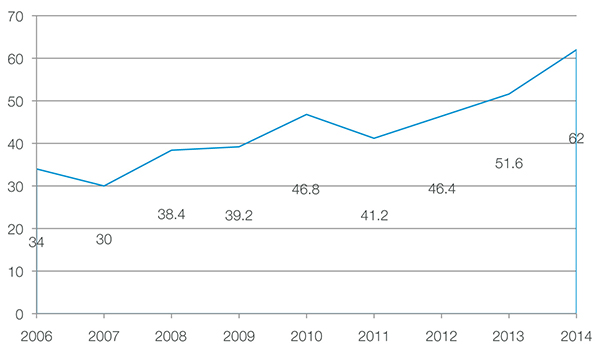
In addition to the rankings, the report includes other data that places the new policies in context. For instance, since 1971, small suburbs have adopted far more complete streets policies than jurisdictions of larger size.
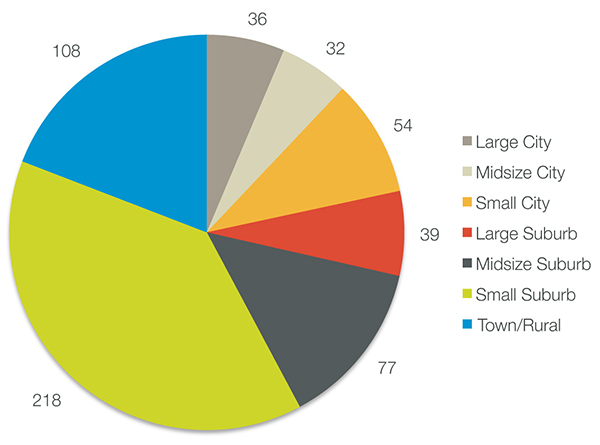
So with these examples of best practices as a guide, we say godspeed (but 20 is plenty) to all you planners, designers, and policy makers putting the finishes touches on complete streets plans in 2015.

Analysis: Cybertruck Fatality Rate Far Exceeds That of Ford Pinto
The Tesla Cybertruck was recalled seven times last year.

National Parks Layoffs Will Cause Communities to Lose Billions
Thousands of essential park workers were laid off this week, just before the busy spring break season.

Retro-silient?: America’s First “Eco-burb,” The Woodlands Turns 50
A master-planned community north of Houston offers lessons on green infrastructure and resilient design, but falls short of its founder’s lofty affordability and walkability goals.

Test News Post 1
This is a summary

Analysis: Cybertruck Fatality Rate Far Exceeds That of Ford Pinto
The Tesla Cybertruck was recalled seven times last year.

Test News Headline 46
Test for the image on the front page.
Urban Design for Planners 1: Software Tools
This six-course series explores essential urban design concepts using open source software and equips planners with the tools they need to participate fully in the urban design process.
Planning for Universal Design
Learn the tools for implementing Universal Design in planning regulations.
EMC Planning Group, Inc.
Planetizen
Planetizen
Mpact (formerly Rail~Volution)
Great Falls Development Authority, Inc.
HUDs Office of Policy Development and Research
NYU Wagner Graduate School of Public Service


























